Culture of Equatorial Guinea, Equatorial Guinea, a small but culturally diverse nation on the west coast of Central Africa, is a country with a rich tapestry of cultures and traditions. Its culture is a captivating blend of indigenous ethnic groups, Spanish colonial influences, and contemporary elements. This unique mix has created a dynamic cultural landscape that reflects the nation’s complex history and diverse population. In this exploration of Equatorial Guinea’s culture, we will delve into its historical roots, diverse ethnic groups, music, cuisine, art, and the enduring spirit that defines this fascinating country.
Historical Roots:
Equatorial Guinea’s cultural heritage is deeply rooted in its history, which has been marked by a succession of civilizations and influences. Before the arrival of the Spanish in the late 15th century, the region was inhabited by various indigenous groups, including the Fang, Bubi, and Ndowe. These indigenous cultures have left an indelible mark on Equatorial Guinea’s traditions, languages, and way of life.
Spanish colonization introduced Catholicism, the Spanish language, and European customs, significantly influencing the country’s cultural identity. Equatorial Guinea’s path to independence in 1968 marked a pivotal moment in the nation’s history, with Macías Nguema becoming its first president.
Diverse Ethnic Groups:
Equatorial Guinea is a highly ethnically diverse country, with several distinct groups that contribute to its rich cultural landscape. The Fang people, the largest ethnic group, are spread across Central Africa and make up a significant portion of the population. They have a strong cultural influence, particularly in the mainland region of Río Muni.
The Bubi people, indigenous to the island of Bioko, have a unique culture with their own language, traditions, and customs. The Ndowe people, also found in Río Muni, have a distinct identity and contribute to the country’s cultural diversity.
Equatorial Guinea is also home to a sizable number of immigrants from neighboring countries like Cameroon and Nigeria, further enriching the nation’s cultural mosaic.
Music and Dance:
Music and dance are integral to Equatorial Guinea’s culture, with a variety of styles and rhythms reflecting the country’s diverse heritage. Traditional music often features drums, percussion instruments, and xylophones, creating a unique and rhythmic sound that accompanies various forms of dance.
The “bikutsi” dance, with its lively and energetic movements, is a popular traditional dance in Equatorial Guinea. It is performed during celebrations and social gatherings, often accompanied by traditional instruments like the “tam-tam” drums.
In recent years, modern music genres like reggaeton and hip-hop have gained popularity, reflecting contemporary influences while preserving elements of traditional rhythms.
Cuisine:
Equatorial Guinean cuisine reflects the country’s history, geography, and natural resources. Rice is a staple in the Equatorial Guinean diet, often served with various stews and sauces. “Egusi” soup, made from ground melon seeds and leafy vegetables, is a traditional dish that showcases the use of local ingredients.
Seafood plays a prominent role in the cuisine due to the country’s extensive coastline along the Atlantic Ocean. “Caldo de bocas” is a popular fish soup, while dishes like “suku-kwac,” a shrimp stew, are enjoyed by coastal communities.
“Plantains” and “yams” are common side dishes, often fried or mashed. Tropical fruits such as mangoes, papayas, and guavas are widely enjoyed, both fresh and in fruit salads.
Art and Craftsmanship:
Equatorial Guinean art and craftsmanship are influenced by indigenous traditions and cultural practices. The Bubi people, known for their intricate woodcarving, create masks and sculptures that depict mythological figures and animals. These are often used in traditional rituals and ceremonies.
Traditional textiles, such as woven fabrics and garments, are made by various ethnic groups and feature vibrant patterns and designs. These textiles often incorporate local materials and traditional techniques.
Festivals and Traditions:
Equatorial Guinea hosts a variety of festivals and traditions that celebrate its cultural heritage and religious beliefs. The annual “Ngola” dance, celebrated by the Fang people, is a vibrant and colorful event that showcases traditional music and dance. It often takes place during the initiation of young women into adulthood.
The “Sipopo” festival is another significant celebration, featuring cultural performances, music, and dance. It is an occasion for communities to come together, share their traditions, and celebrate the country’s cultural diversity.
Languages and Literature:
Equatorial Guinea’s official languages are Spanish, French, and Portuguese. However, the country’s various ethnic groups have their own languages, including Fang, Bubi, and Ndowe.
The country’s literary tradition is marked by the works of notable authors like Juan Tomás Ávila Laurel and Donato Ndongo-Bidyogo, who have contributed to the nation’s literary heritage. Their works often explore themes of identity, history, and the complexities of Equatorial Guinean society.
Natural Beauty and Outdoor Activities:
Equatorial Guinea’s natural beauty offers opportunities for outdoor activities and adventure. The country’s lush rainforests, pristine beaches, and diverse ecosystems make it a haven for nature enthusiasts. Hiking, birdwatching, and wildlife observation are popular activities in the mainland region of Río Muni and on the island of Bioko.
The country’s coastlines along the Atlantic Ocean provide excellent conditions for water sports, including snorkeling, scuba diving, and fishing. Equatorial Guinea is known for its biodiversity, and the Monte Alén National Park is a UNESCO Biosphere Reserve, making it a destination for eco-tourism and wildlife enthusiasts.
Challenges and Opportunities:
Equatorial Guinea faces various challenges, including issues related to governance, human rights, and economic development. Nevertheless, the country’s rich cultural diversity, unique traditions, and natural beauty offer opportunities for sustainable tourism, economic growth, and cultural exchange. Initiatives that promote education, cultural preservation, and environmental conservation are essential for addressing these challenges.
In conclusion, Equatorial Guinean culture is a mosaic of diversity, tradition, and heritage. The fusion of indigenous, Spanish, and African influences has created a society that values its mixed heritage and celebrates it through music, dance, cuisine, and the visual arts. Equatorial Guineans are marked by their strong sense of cultural identity, their appreciation for their natural surroundings, and their diverse cultural traditions. Despite challenges, Equatorial Guinean culture remains a testament to the resilience and creativity of its people, offering a captivating glimpse into a nation that continues to cherish its heritage and contribute to the cultural diversity of Central Africa and the world.


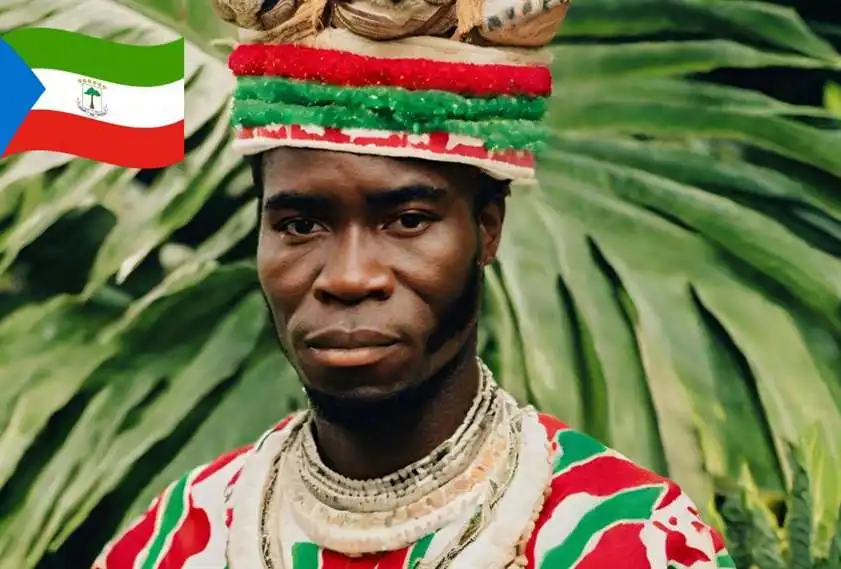
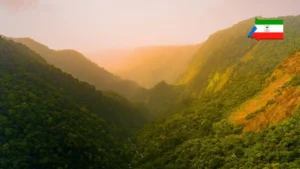

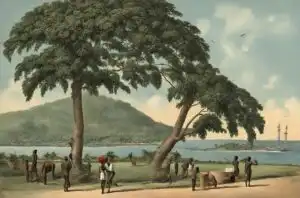

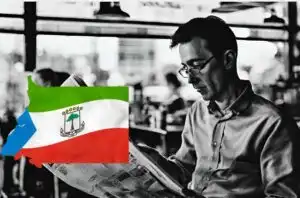
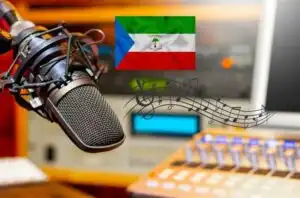
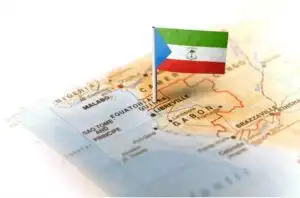
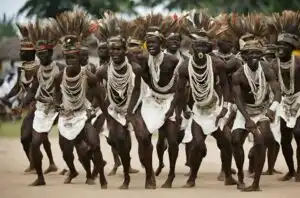
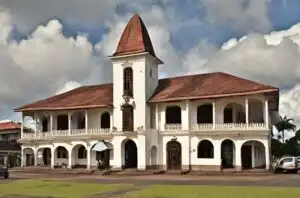
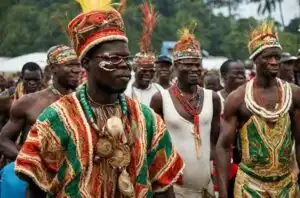

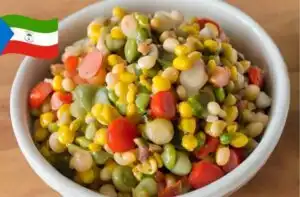
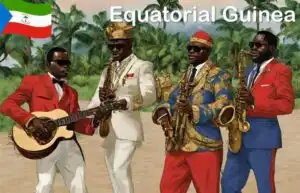
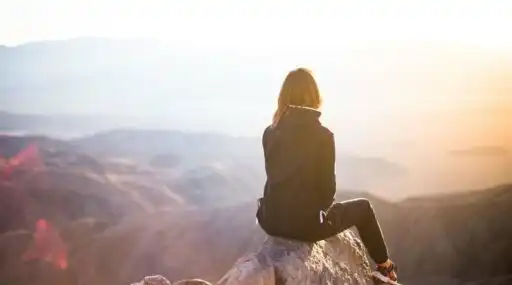
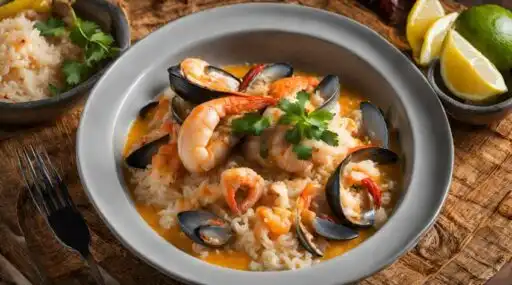
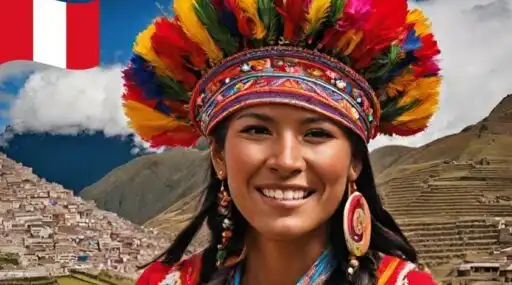

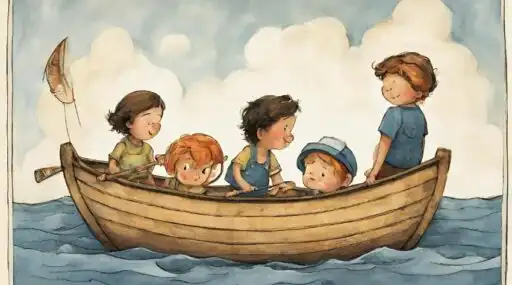
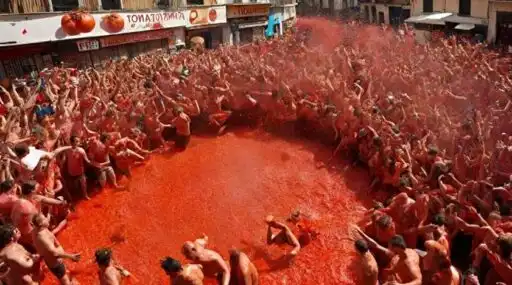
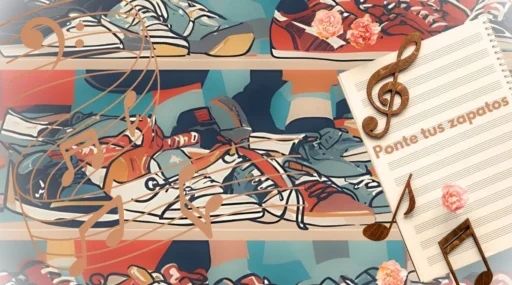




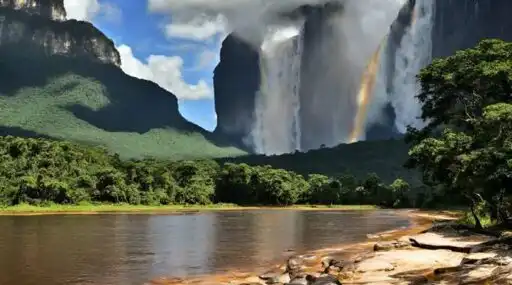
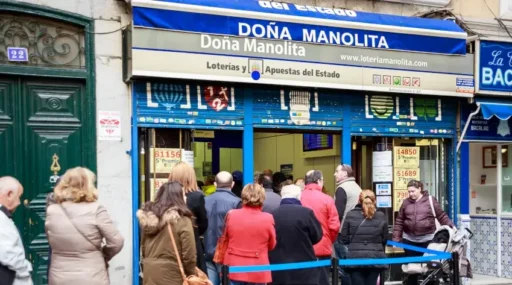
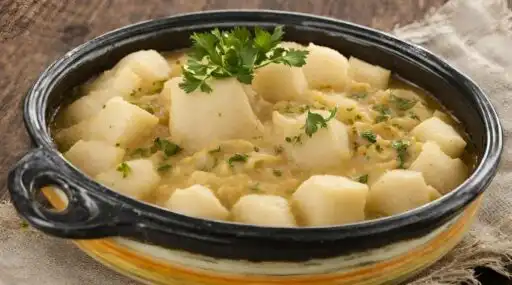




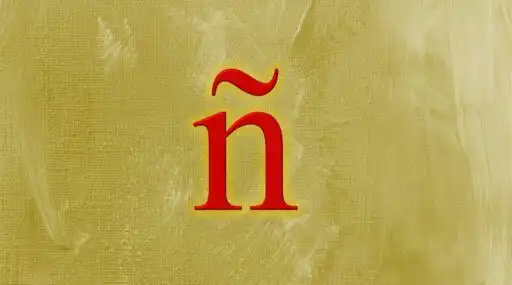
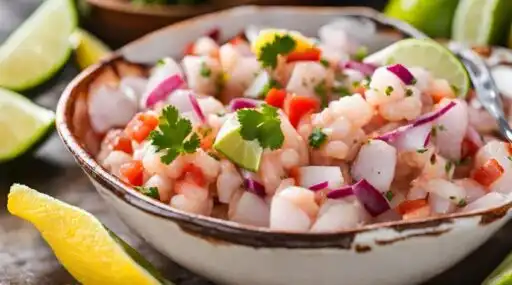
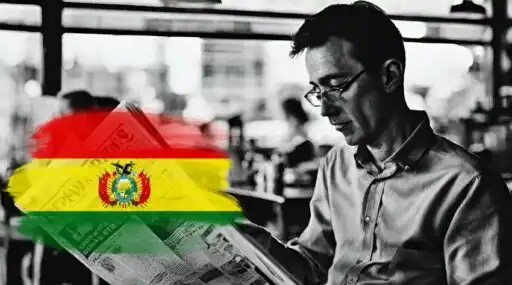
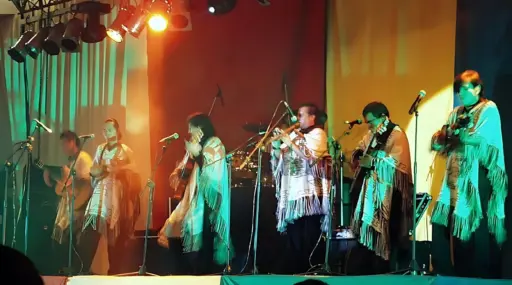
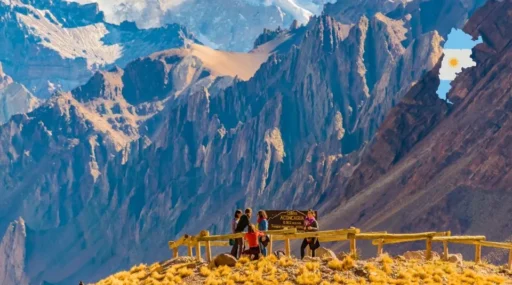

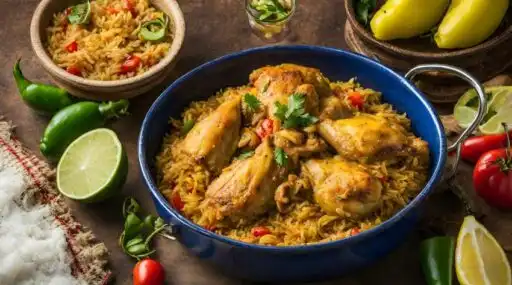
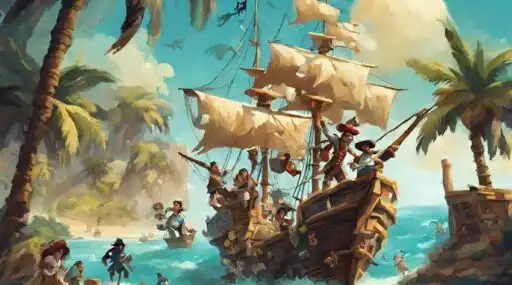
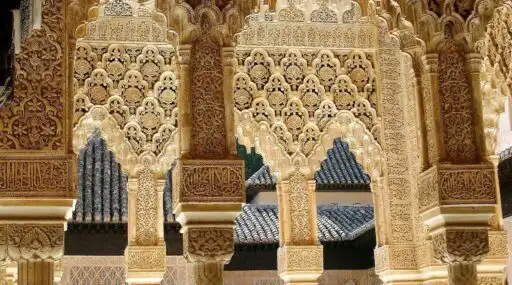



Leave a Reply